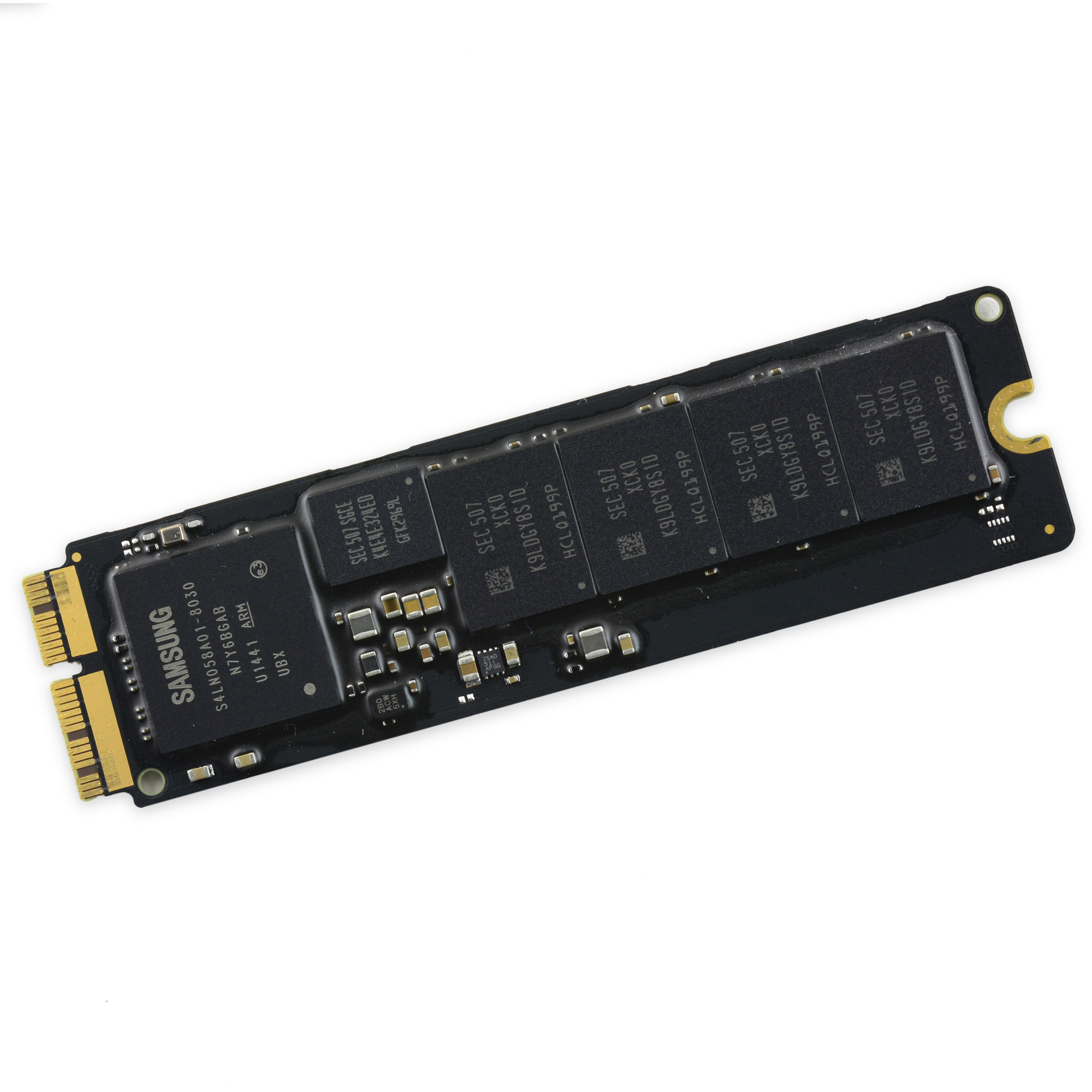

DVI output using Mini DisplayPort to DVI Adapter (sold separately).Simultaneously supports full native resolution on the built-in display and up to 2560 by 1600 pixels on up to two external displays, at millions of colors Intel Core i5 processor (Turbo Boost up to 3.2GHz) with 3MB shared 元 cacheĬonfigurable to 3.0GHz dual-core Intel Core i7 (Turbo Boost up to 3.7GHz) with 4MB shared 元 cache.ĨGB of 1600MHz DDR3L onboard memory Storage 1Ĭonfigurable to 256GB, 512GB, or 768GB flash storage.Ĭonfigurable to 512GB or 768GB flash storage. Intel Core i5 processor (Turbo Boost up to 3.1GHz) with 3MB shared 元 cacheĬonfigurable to 2.9GHz dual-core Intel Core i7 (Turbo Boost up to 3.6GHz) with 4MB shared 元 cache. 2560-by-1600 native resolution at 227 pixels per inch with support for millions of colors.Retina display: 13.3-inch (diagonal) LED-backlit display with IPS technology.

This applies to situations where a MacBook might use SSD space as virtual memory. While these speeds aren’t all that bad, MacRumors points out that the slower speeds could also impact the overall system performance for higher-demanding tasks. Opening up the bottom casing of the new M2 MacBook Pro is what lead to this speculation, and it remains unclear if the base model Apple M2-powered MacBook Air will also suffer from this same problem.

Previous models had two NAND chips, for faster speeds. YouTuber Created Tech suggests that it could be because Apple is using a single NAND chip on the 2022 MacBook Pro M2 models. It is unknown what could be causing this drop in SSD performance. Then, on the MacBook Pro with an M2 chip, the results came in at 1,446 MB/s read and 1,463 MB/s write. That YouTuber netted a 2,215 MB/s write speed, and 2,900 MB/s read speed on the M1 MacBook Pro. When compared to Max Tech’s test, the results are somewhat similar. Your next MacBook Pro could be even faster than expected

Fitbit Versa 3Īpple could soon put an M3 chip in its worst laptopĥ abandoned Apple products that need to make a comeback


 0 kommentar(er)
0 kommentar(er)
